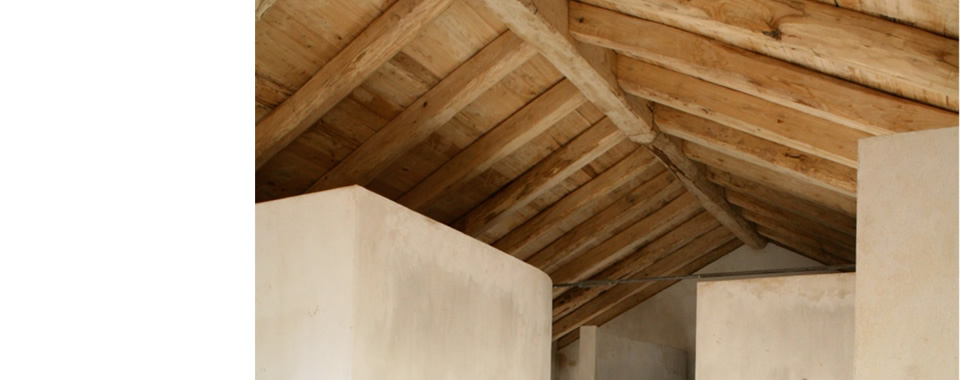

Score - Sustainable Construction in Rural and Fragile Areas for Energy efficiency
Guidelines for Integrated territorial Planning:
Eco-compatible materials
Improvement of ecological compatibility, eco-compatibility (also called eco-design, design for environment, life-cycle design) is an essential target in recent public and industrial development policies. In the design of new materials, products and processes optimization of eco-compatibility is added to the common criteria of technical performance and economic viability. The basic motivation for the present concept is to provide a simple and effective tool, combining technical, economic and ecological aspects. In particular it is considered how a materials scientist and engineer can deal prospectively with the technical, economic and ecological aspects in development. The concept is a tool for life-cycle engineering. But it is mainly intended to be a tool which simplifies the analysis and clarifies the terms for improvement of eco-compatibility in scientific technical, economic-industrial as well as in socio-political contexts.
Indication for the Bio-construction Action PlanPursuant to the guidelines written above, here are synthetically reported the criteria/examples for pilot projects to be financed in MED territory, in relation with the specific treated theme. These criteria/examples, together with the ones resulting from all the themes of eco-construction tool matrix, will make up a Bio-construction Action Plan for each partner countries.
- Applied research must be encouraged so that momentum is gradually built up regarding the technical knowledge and specifications of such materials which must be viewed in a new context.
- There has to be governmental expenditure in demonstration buildings.
Possible criteria for MED bio–housing quality certificate
In law 142(I) 2006 there is just a reference about eco-compatible materials but in Law 185(I) 2007 about the definition of requirements for the ecological design of energy using products there are detailed criteria about eco-compatible materials.
Case studies
- Showroom GEVO – Limassol
- Ayii Anargyri Natural Healing Spa Resort
